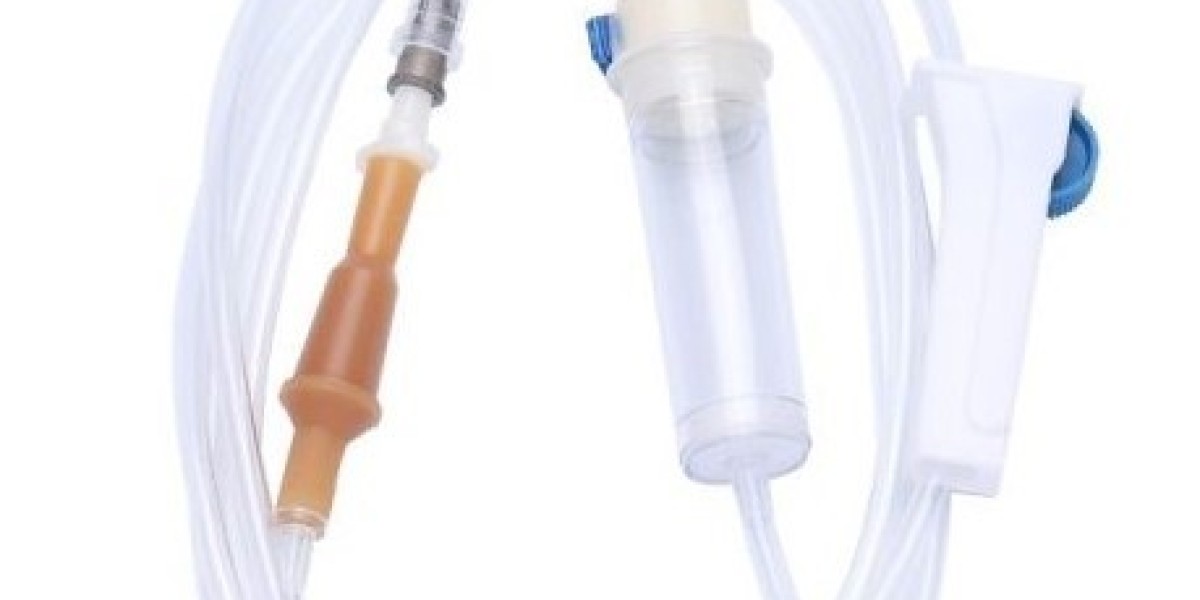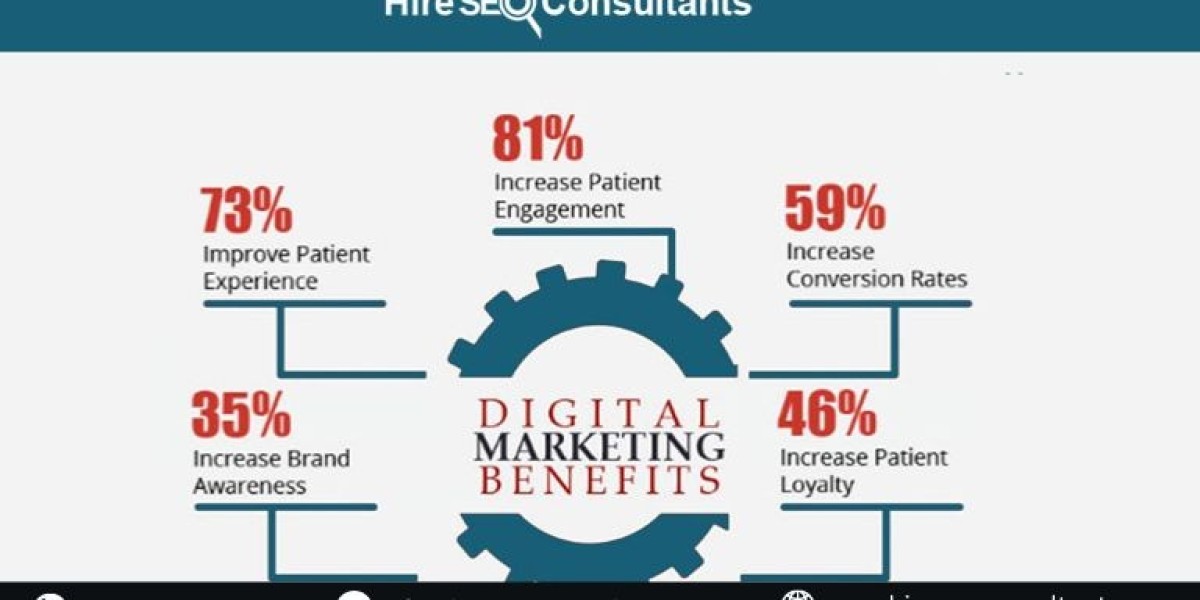These medical devices are used to deliver medication into the body through a catheter inserted under the skin. As a crucial part of diabetes management, understanding the factors that affect the cost of infusion set Prices and how to save on them can help patients, caregivers, and healthcare providers navigate the financial challenges that can arise.
What is an Infusion Set?
An infusion set is a device used to deliver medication, such as insulin, from an insulin pump into the subcutaneous tissue. It consists of a catheter, a needle, a tubing system, and an adhesive pad. The catheter is typically inserted into the skin through a small needle, and once in place, the needle is removed, leaving the catheter for the continuous delivery of medication. Infusion sets vary in design, materials, and features, and the choice of infusion set often depends on the patient’s specific needs, preferences, and medical conditions.
Factors That Affect Infusion Set Prices
Several key factors contribute to the pricing of infusion sets. These factors include the type of infusion set, the materials used, the brand, and where the infusion sets are purchased. Here’s a breakdown of the elements that impact their price:
1. Type of Infusion Set
Infusion sets come in different types, and the choice of type can significantly influence their price. Some common types include:
Tethered Sets: These are designed for patients using insulin pumps and require tubing to connect the infusion set to the insulin reservoir.
Wireless Sets: These sets are designed for newer, advanced insulin delivery systems that do not require tubing. They are generally more expensive due to the technology involved.
Needle and Cannula Styles: The material and design of the needle or cannula (the small tube inserted under the skin) also affect pricing. Teflon cannulas, for example, are typically more expensive than steel ones due to their smooth insertion and comfort.
2. Materials and Design
The materials used in the construction of the infusion set are another factor that impacts the price. Premium infusion sets often use high-quality, durable materials that ensure a better fit and comfort for the user. For example, infusion sets made with Teflon or other flexible, biocompatible materials tend to cost more than those made from less expensive plastics. Additionally, infusion sets with enhanced adhesive properties or those designed to minimize skin irritation tend to be priced higher.
3. Brand and Manufacturer
Brand reputation and the manufacturer’s level of innovation and research can affect the cost of infusion sets. Well-established brands, such as Medtronic, Tandem, and Roche, may offer higher prices due to their advanced technology, reliability, and customer support. On the other hand, lesser-known or generic brands may provide lower-priced options that may be more affordable but could lack some of the advanced features and benefits associated with premium brands.
4. Insurance Coverage and Prescription
The cost of infusion sets can be impacted by a patient's insurance coverage. Many health insurance plans cover the cost of infusion sets for those with diabetes or other chronic conditions, which can significantly reduce the out-of-pocket expense for patients. However, the level of coverage varies by plan, and some insurers may require patients to use specific brands or suppliers, which can limit their choices and potentially increase costs.
In addition, obtaining a prescription for infusion sets through a doctor may result in discounts or savings, particularly if the physician recommends a particular brand or set that has an established relationship with the patient’s insurance company.
5. Location of Purchase
The location where infusion sets are purchased also plays a major role in determining their price. Pharmacies, medical supply stores, and online retailers may offer different prices for the same product. While online retailers often have competitive pricing, local medical supply stores might offer discounts to patients who are part of a healthcare network or those who purchase in bulk. Some regions may also have regulations or pricing caps that influence the cost of medical supplies, further complicating price comparisons.
How to Save on Infusion Set Costs
While the cost of infusion sets can vary based on numerous factors, there are several strategies to help lower expenses.
1. Use Insurance Wisely
The first step in saving on infusion set costs is understanding your insurance coverage. Many insurance policies provide reimbursement for infusion sets, but they may have specific guidelines about which brands and suppliers are covered. It’s important to contact your insurance provider and clarify coverage details to avoid paying out-of-pocket for products that may be covered by your plan. Additionally, some insurance companies offer preferred provider networks, and choosing one of these suppliers can reduce the overall cost.
2. Buy in Bulk
Purchasing infusion sets in bulk can result in significant savings over time. Many medical supply stores or online pharmacies offer discounts for bulk purchases. If you have a long-term prescription for infusion sets, it may be worthwhile to purchase several months' worth of supplies at once, as this often leads to lower unit costs.
3. Look for Discounts or Coupons
Many infusion set manufacturers and suppliers offer coupons, promotions, or discounts for their products. Signing up for newsletters, joining loyalty programs, or checking manufacturers' websites for seasonal offers can help you access special deals. Additionally, some nonprofit organizations or diabetes advocacy groups may provide vouchers or discounts for essential medical supplies.
4. Consider Generic or Alternative Brands
If you're open to exploring other options, consider using generic infusion sets or alternative brands that offer similar quality at a lower price. While these sets may not have all the features of premium brands, they can still provide reliable performance for many users. However, it’s important to ensure that the alternative brand is compatible with your insulin pump and meets your medical needs.
5. Check for Manufacturer Assistance Programs
Some manufacturers of infusion sets offer assistance programs to help individuals who may not be able to afford their products. These programs may offer discounts, payment plans, or free supplies to qualifying individuals. Contacting the manufacturer directly to inquire about these programs could result in significant savings.
Conclusion
The cost of infusion sets is influenced by various factors, including the type of set, materials, brand, insurance coverage, and purchasing location. Understanding these factors and exploring ways to save, such as leveraging insurance, buying in bulk, or considering generic alternatives, can help reduce the financial burden of managing chronic conditions that require continuous medication delivery. By being proactive and informed, patients can make cost-effective choices that ensure they receive the best care without overextending their budgets.









